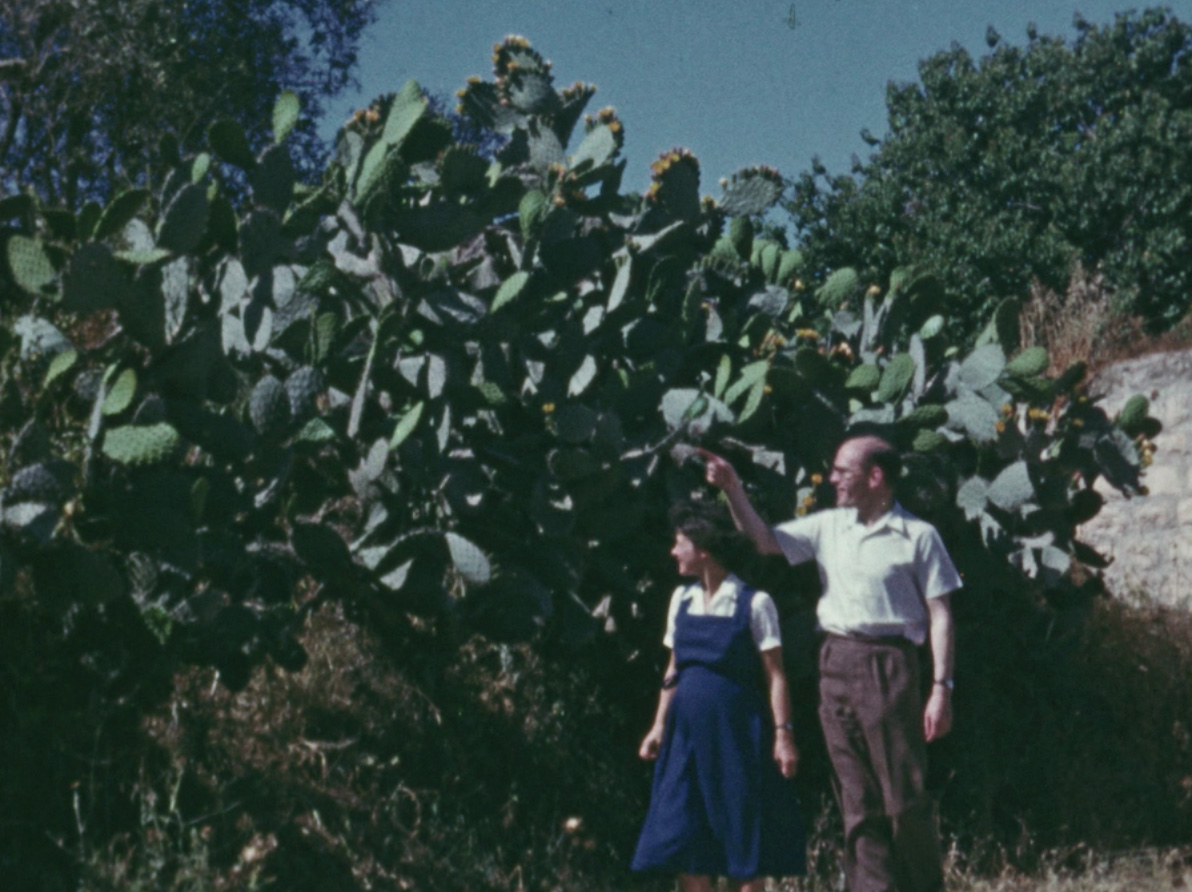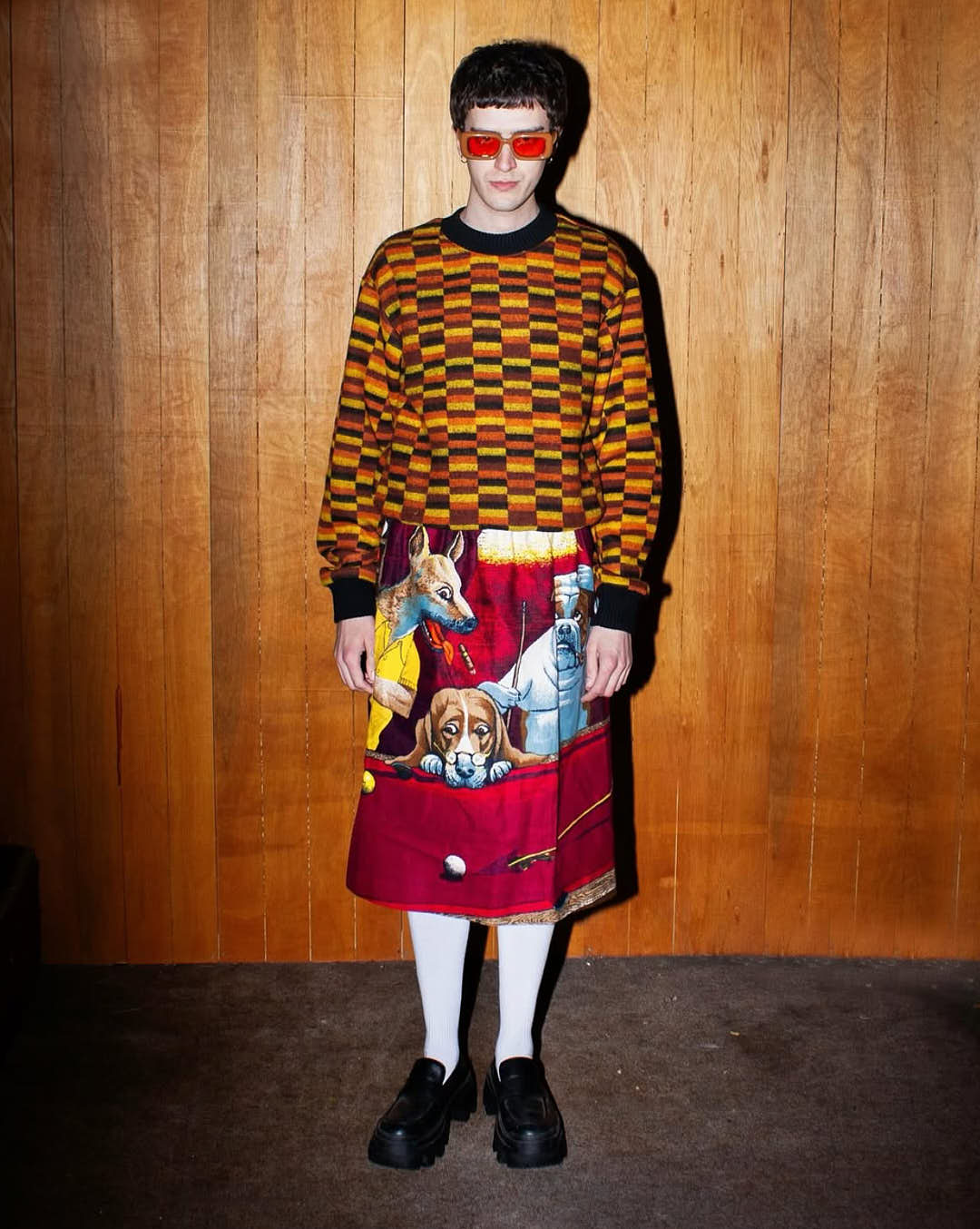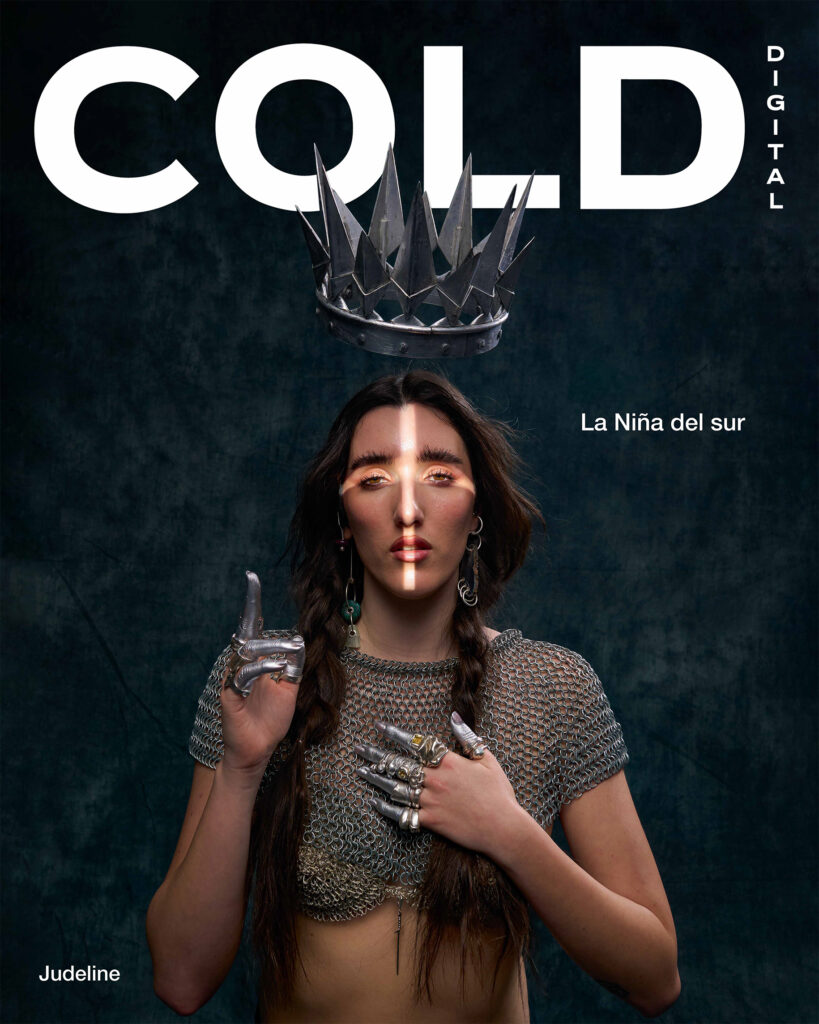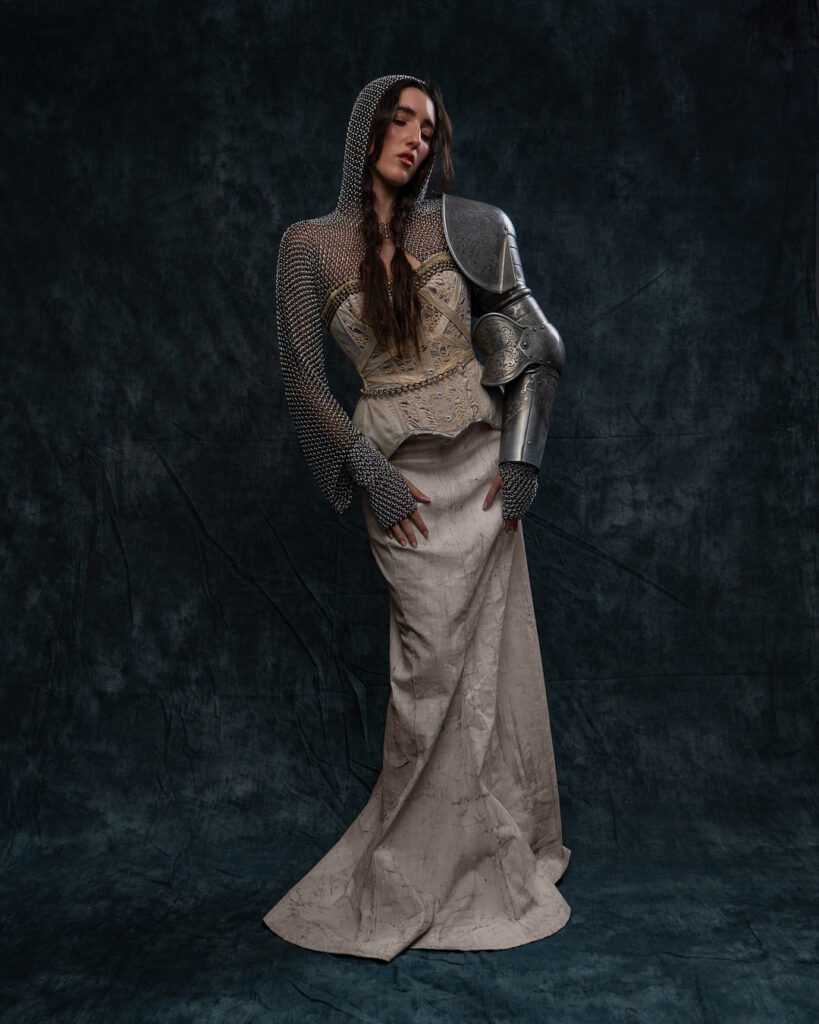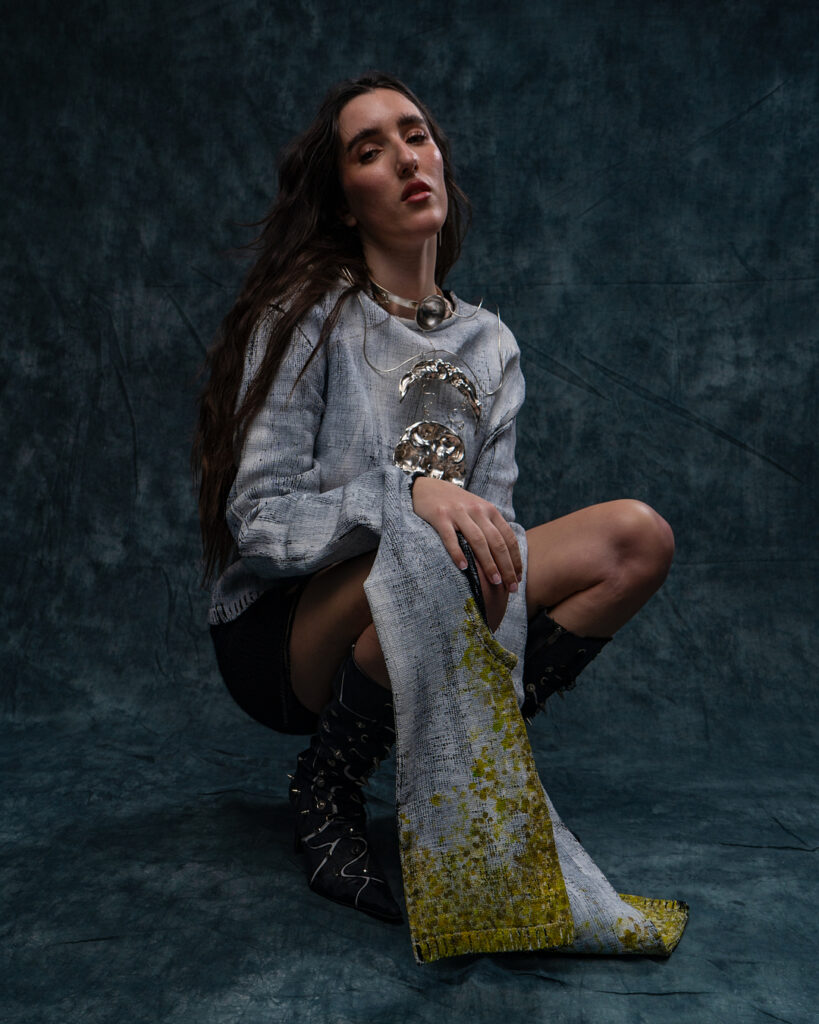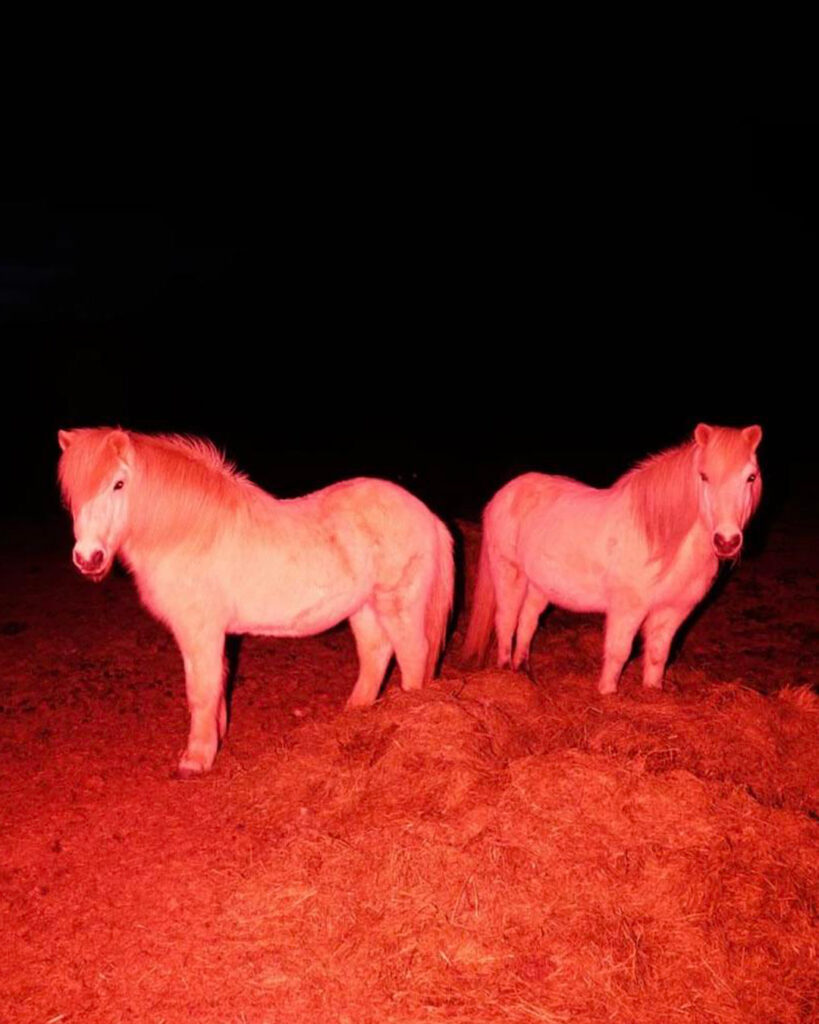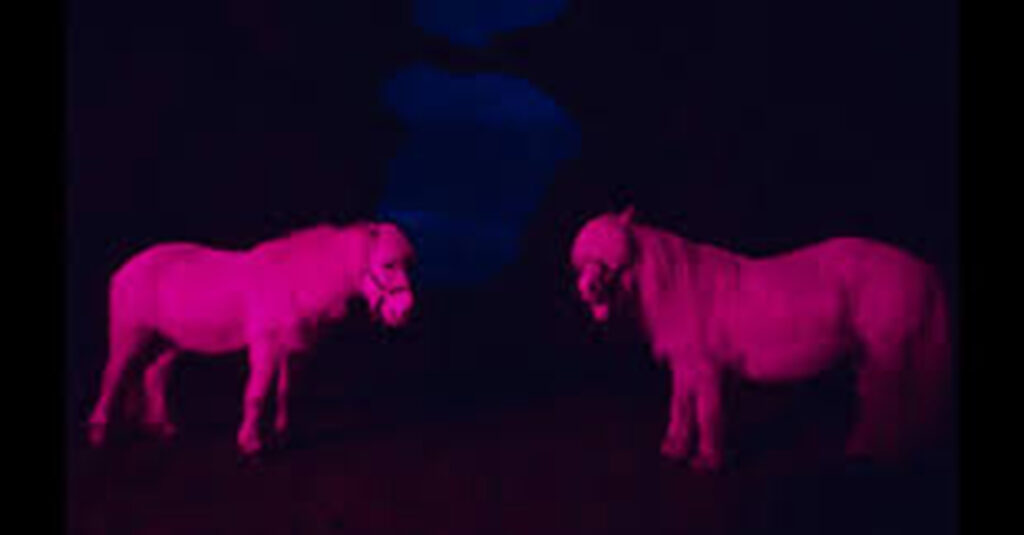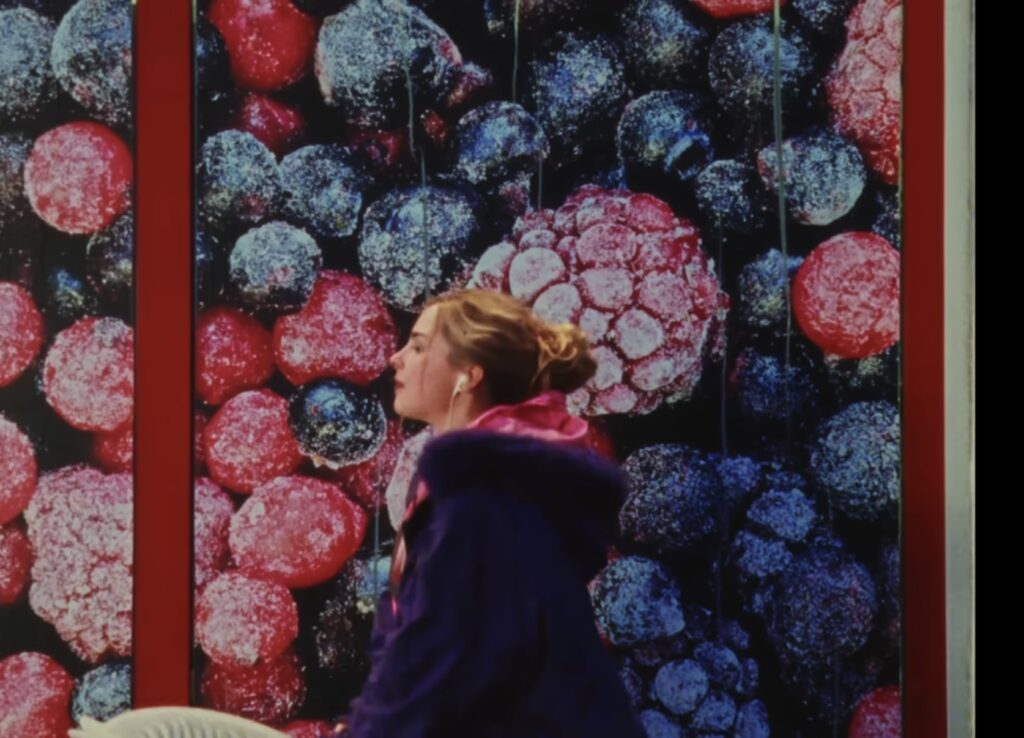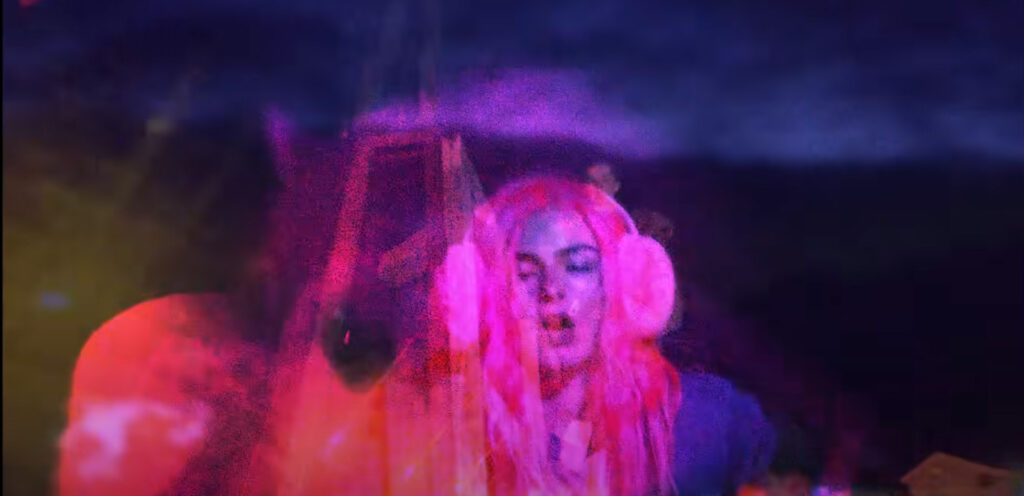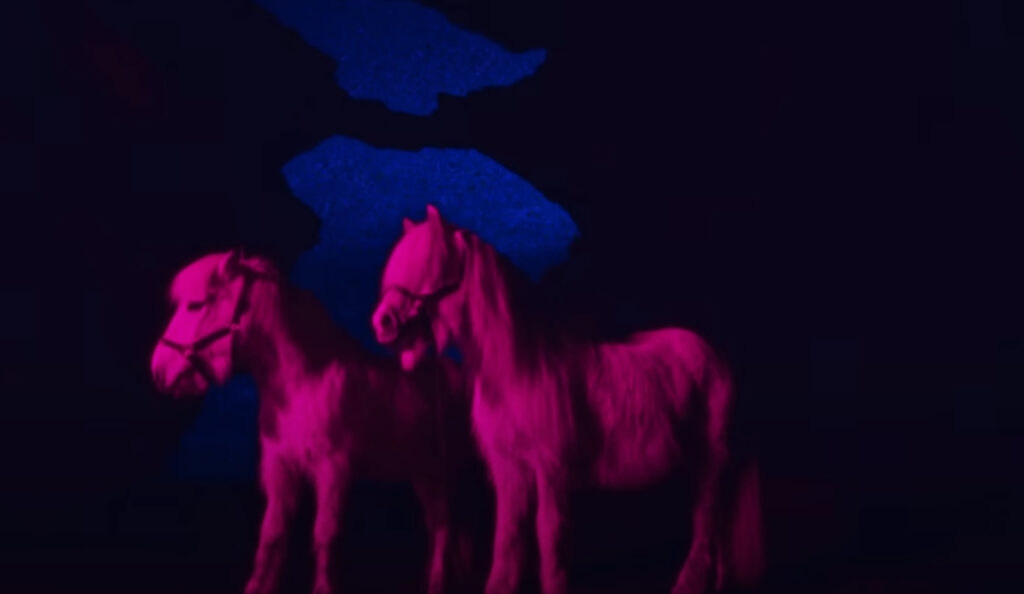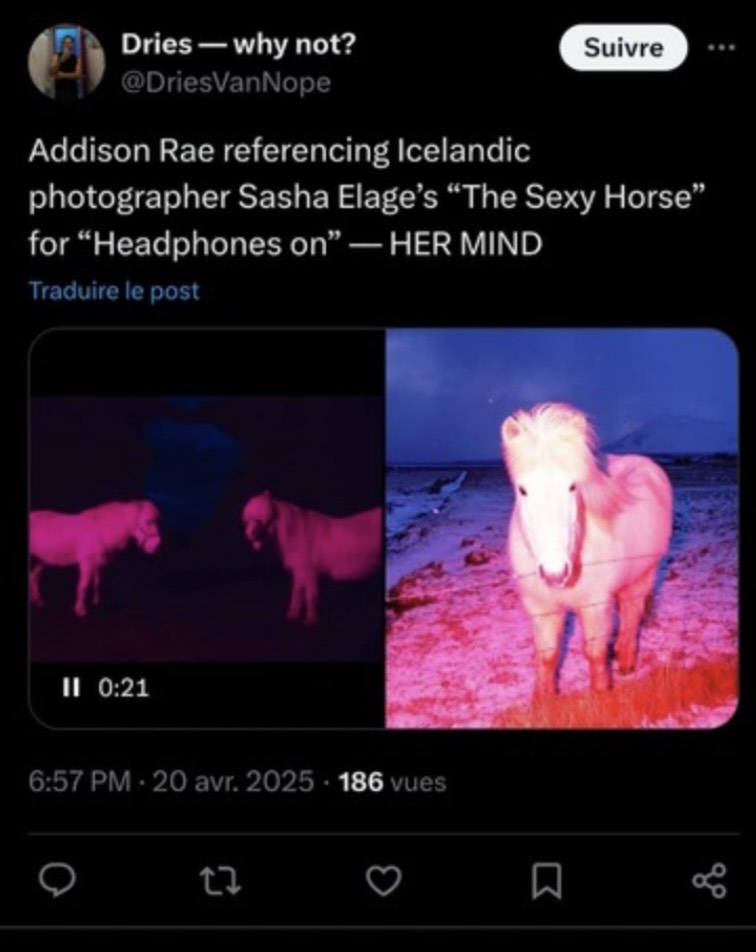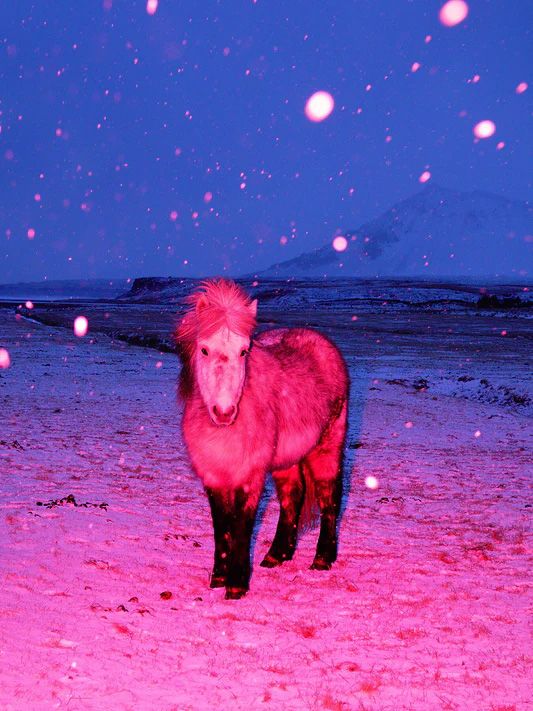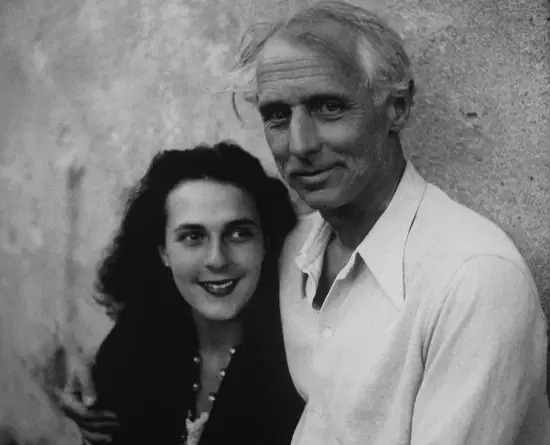
A Fateful Encounter
Max Ernst, one of the pioneers of surrealism, met Leonora Carrington in 1937 in London. Their connection was immediate, a fusion of creative minds and rebellious spirits. Both sought something beyond the boundaries of reality, and together they found a shared language that would transform surrealism and define an era.
A Unique Artistic Collaboration
The relationship between Max Ernst and Leonora Carrington was not only romantic but profoundly artistic. Ernst, with his dreamlike works and experimental techniques, found in Carrington both a muse and an equal. Carrington, young but already endowed with a remarkable imagination, discovered in Ernst a mentor and collaborator. Together, they explored themes such as the subconscious, mystery, and the supernatural, influencing each other in ways that would shape their future work.
The Challenges of War
World War II brought a painful halt to their love and art. In 1940, Ernst was arrested by the Nazis, labeled as a “degenerate” artist. Carrington, devastated by their separation and the looming threat, went through a personal crisis. To escape the war, she fled to Mexico, a country that would transform her life and career.
Carrington’s Artistic Evolution
In Mexico, Carrington reinvented herself as an artist. Her works became increasingly visionary, combining surrealist elements with influences from Mesoamerican mythology and local culture. Despite the distance from Ernst, their creative bond continued to influence her. Carrington was never just a muse; she was an independent creative force who pushed surrealism in new and fascinating directions.
Ernst’s Return and Continued Legacy
After the war, Max Ernst resumed his career with renewed energy, creating works that cemented his place in art history. Although his relationship with Carrington had ended, their love and collaboration left an indelible mark on his artistic vision. Ernst explored new themes and techniques, but the time he spent with Carrington remained one of the most fertile phases of his life.
A Love Eternal in Art History
The love story between Max Ernst and Leonora Carrington was not without its struggles, but their connection transcended time and space. Together, they revolutionized surrealism and left a legacy that continues to inspire. Their love was as complex as their art: a blend of passion, pain, and an unending quest for the unknown.
This surreal love story that shaped modern art remains a symbol of how human relationships can profoundly influence creativity and leave an everlasting mark on history.

